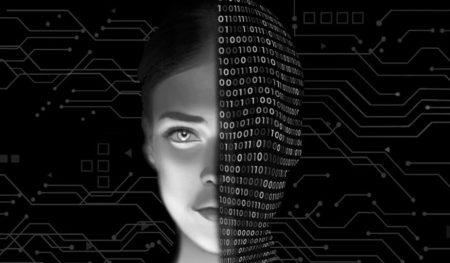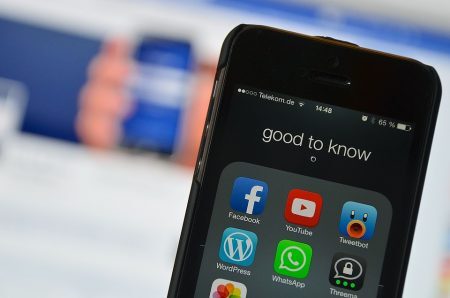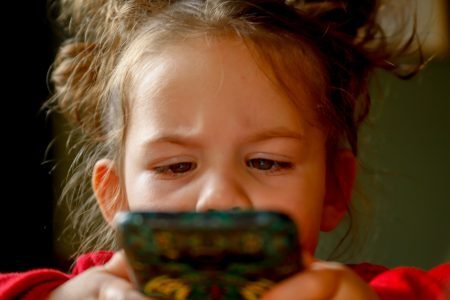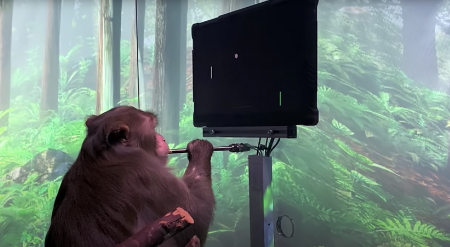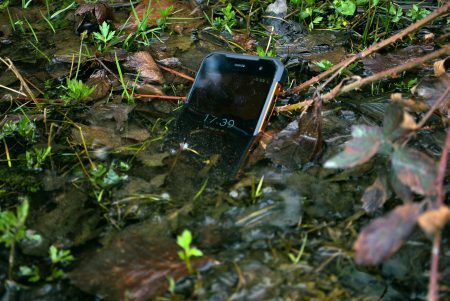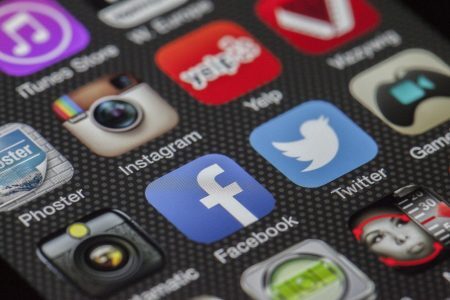With the proliferation of female robots such as Sophia and the popularity of female virtual assistants such as Siri (Apple), Alexa (Amazon)…
Browsing: The Conversation
This year, Elon Musk’s SpaceX plans to launch the first private space mission into orbit with no professional astronauts. Billionaire entrepreneur Jared Isaacman,…
Imagine you are in a job interview. As you answer the recruiter’s questions, an artificial intelligence (AI) system scans your face,…
Memories are often considered very personal and private. Yet, in the past few years, people have got used to notifications…
Gradually over the past few years, the once-ubiquitous discussions about millennials are being replaced by an interest in the new…
Some weeks ago, a nine-year-old macaque monkey called Pager successfully played a game of Pong with its mind. While it may sound…
If you’ve ever gotten your phone wet in the rain, dropped it in water or spilt liquid over it, you’re…
At the height of his career, the pioneering electrical engineer Nikola Tesla became obsessed with an idea. He theorised that…
Transitioning to home working had its challenges for us all, but when your job involves researching biological applications for nanotechnology,…
The deadly insurrection at the U.S. Capitol in January exposed the power of social media to influence real-world behavior and incite violence. But many…

